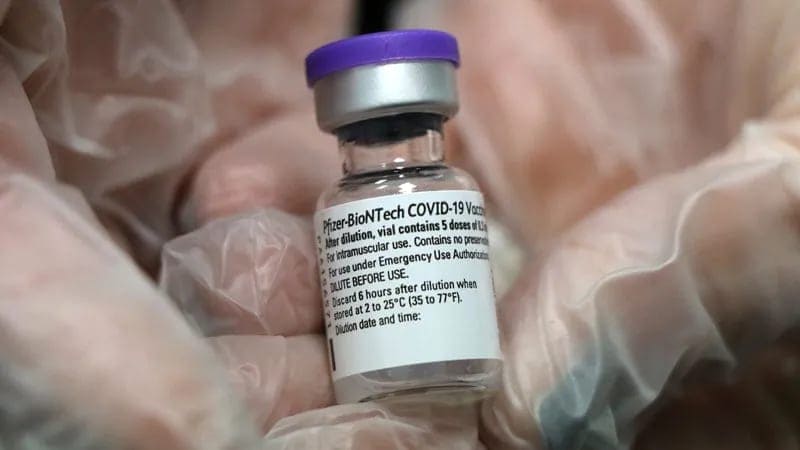- Joined
- Jul 21, 2015
- Messages
- 1,069
Let me try to explain this as simply as I can. No attitude from me at all. Just truly want to try to help you understand.
1. If everyone got vaccinated the virus would have died out.
2. Because so many did not get vaccinated the virus was able to survive and mutate.
3. Getting vaccinated helps lower the risk of getting Covid and then transferring it to others.
You wrote: "I don't need reasons not to get vaxxed, I need reasons to get vaxxed."
I thought you said you couldn't get vaccinated for medical reasons. But now the truth comes out. No offense to anyone who actually could not get vaccinated for medical reasons. The pandemic lives because of those who selfishly refused to get vaccinated. Not because of those who have a valid medical reason.
Anyway, I do not care why you did not get vaccinated. It is none of my business. You brought it up. I just don't want misinformation being spread. This thread exists to share info and facts.
1. You literally cannot vaccinate the whole globe at once, it is logistically impossible. As you know there weren't enough vaccines to go around at first so people had to wait for them to be made. By the time everyone had access, the virus mutated!
2. Some people cannot get vaccinated at all because of various disease including clotting diseases like ET or a million others.
3.Getting vaccinated helps- AGREED! but it comes with a risk, risk that some people might not want to take. There are plenty who are learning to walk again after getting vaxxed, and plenty who suffer from Covid long haul, it should be a choice.
I have a medical reason not to get vaxxed but also don't want to. The lack of transparency and how everything was handled since it began just put me off.


























300x240.png)